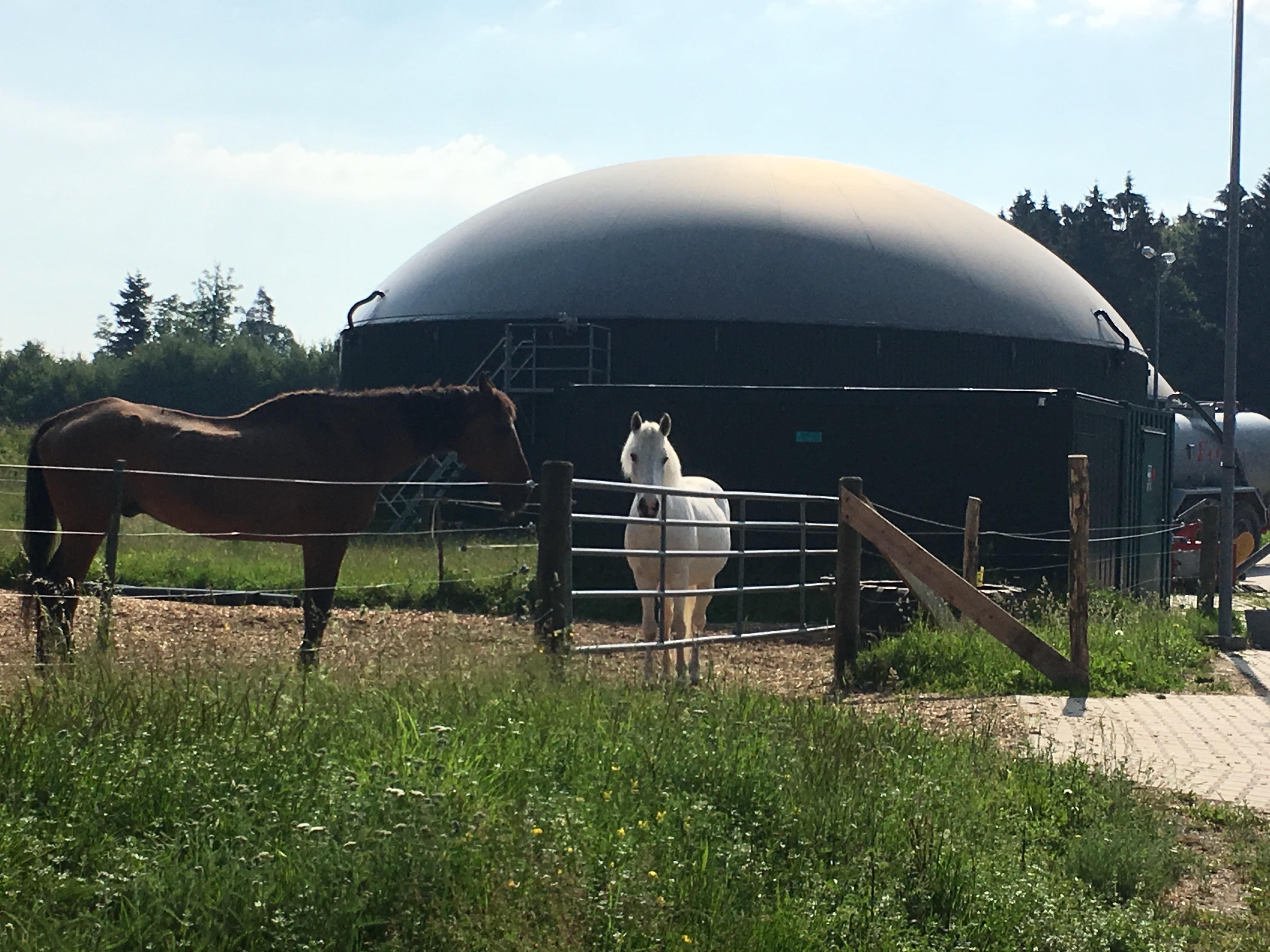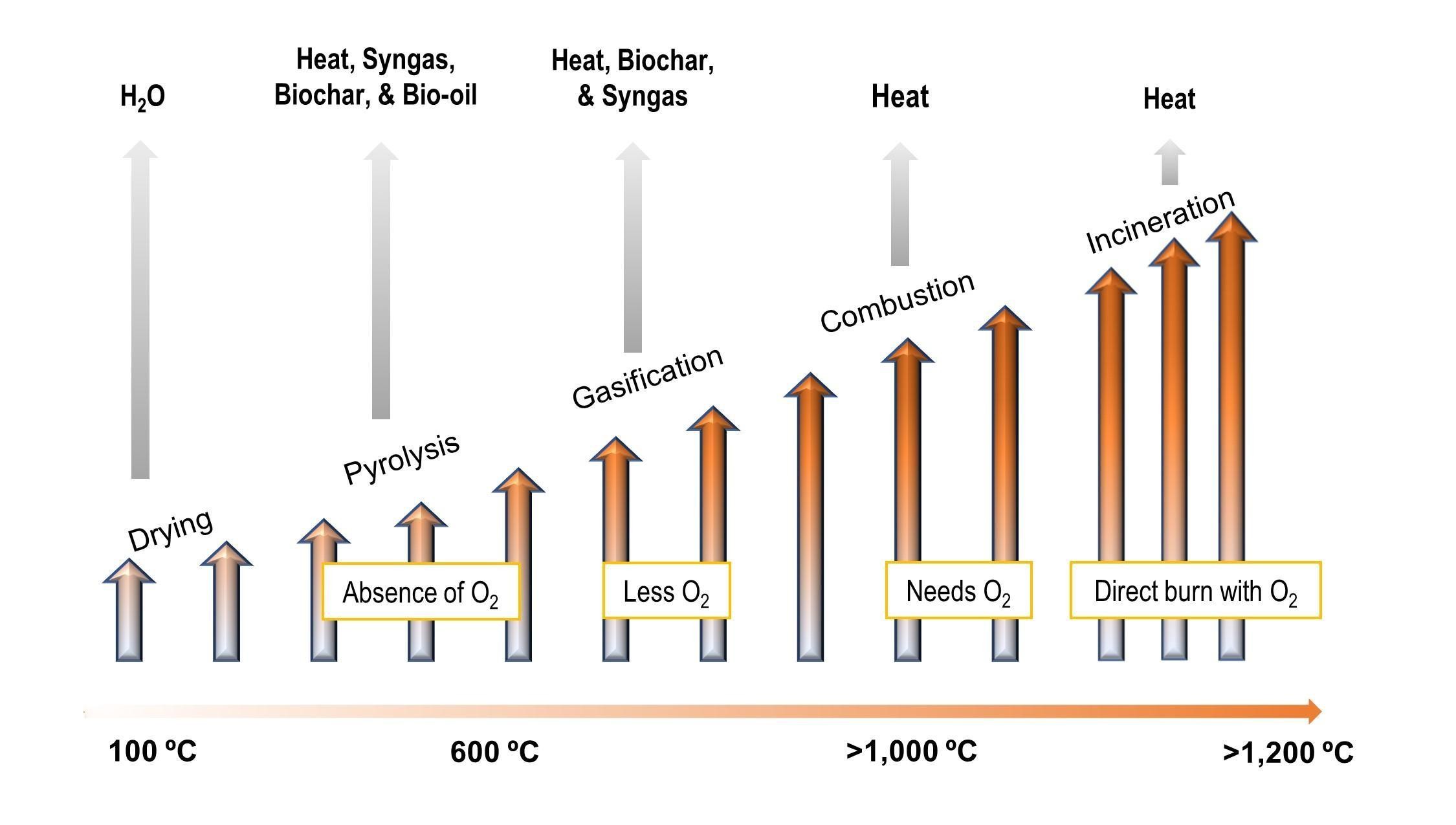Updated: October 1, 2024
A Case Study: Anaerobic Digestion of Dairy Manure and Food Processing Waste with Renewable Energy, Composting and Manure Injection (FS-2023-0694)
Anaerobic digestion of manure with food processing waste resulted in renewable electricity production for 190 house and reduced 81% of greenhouse gas emissions from manure management. The solids were separated from the manure for composting, with the digester effluent injected into the soil as a fertilizer. This FactSheet is part of the ‘Animal Waste Technology’ series. Authors: Kirkland Mahoney, Amro Hassanein, and Stephanie Lansing; Title: A Case Study: Anaerobic Digestion of Dairy Manure and Food Processing Waste with Renewable Energy, Composting and Manure Injection (FS-2023-0694).
Updated: October 1, 2024
Composting (FS-2023-0687)
Composting is an aerobic biological process that transforms organic materials, such as manure, food waste, and yard waste, into a nutrient-rich soil conditioner called “compost.” This Factsheet is part of the “Animal Waste Technology” series. Authors: Amro Hassanein, Stephanie Lansing, and Danielle Delp; Title: Composting (FS-2023-0687).
Updated: October 1, 2024
Anaerobic Digestion (EBR-2023-0686)
Anerobic digestion uses natural microorganisms to produce renewable energy in the form of electricity, heating, or vehicle fuel. Anaerobic digestion occurs inside a sealed reactor called a digester and reduces odors and greenhouse gas emissions. This Fact Sheet is part of the ‘Animal Waste Technology’ series. Authors: Amro Hassanein, Stephanie Lansing, and Danielle Delp; Title: Anaerobic Digestion (EBR-2023-0686).
Updated: October 1, 2024
Anaerobic Digestion: Basic Processes for Biogas (FS-994)
Anaerobic digestion is a process where anaerobic bacteria break down organic material to produce biogas. This process occurs naturally in various environments and can be used in anaerobic digesters to treat and dispose of waste, generate biogas, and destroy pathogens. The biogas produced consists mainly of methane and carbon dioxide, with trace levels of other gases. Authors: Gary Felton, Stephanie Lansing, Andrew Moss, and Katherine Klavon; Title: Anaerobic Digestion: Basic Processes for Biogas (FS-994).
Updated: October 1, 2024
Using Thermochemical Processes to Handle Agricultural Waste (FS-2023-0688)
Thermochemical processing technologies can be used to reduce the volume of low moisture waste and produce heat, syngas for renewable energy production, biochar, or bio-oil, depending on the temperature and oxygen conditions used in processing. This Factsheet is part of the “Animal Waste Technology” series. Authors: Amro Hassanein, Stephanie Lansing, and Danielle Delp; Title: Using Thermochemical Processes to Handle Agricultural Waste (FS-2023-0688).
Updated: October 1, 2024
Environmental Justice in Agricultural Waste Management (EBR-2023-0690)
This fact sheet introduces environmental justice and describes how vulnerable communities, including racial and ethnic minorities, are impacted by the introduction of new waste management technology across Maryland's Eastern Shore. Author's: Eric Burnstein, Mimi Sanford, Priscilla Alves, Higor Costa, and Marccus Hendricks; Title: Environmental Justice in Agricultural Waste Management (EBR-2023-0690).



